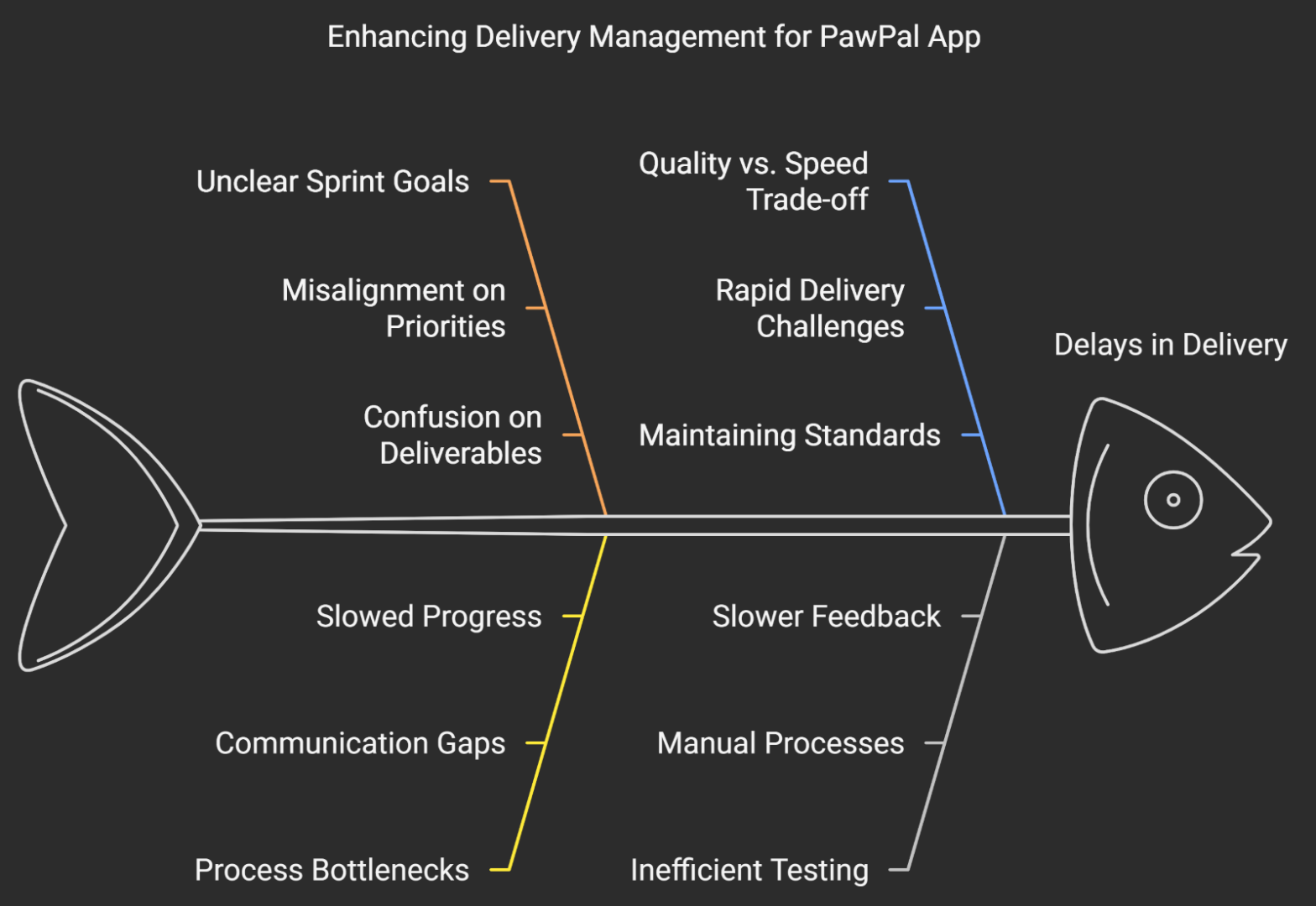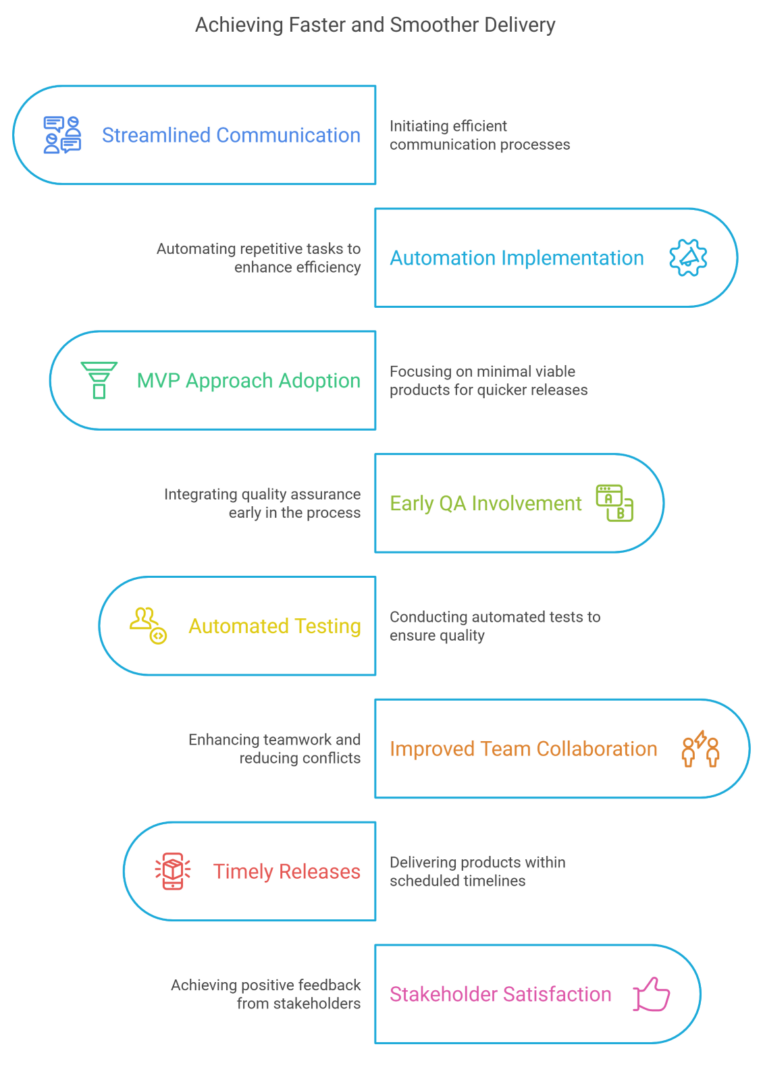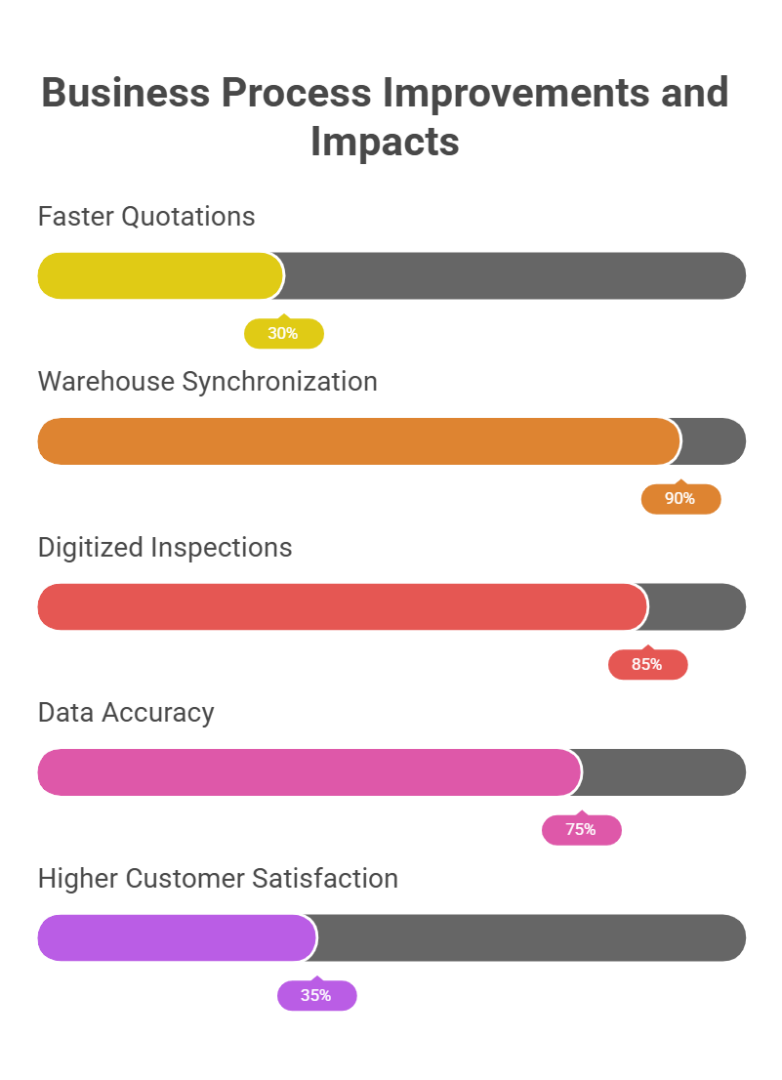Executive Summary
Smart kitchen monitoring system automates compliance, reduces food waste, ensures real-time tracking, predictive maintenance, and seamless audit readiness.
A mid-sized restaurant chain faced significant challenges in food safety compliance due to outdated manual processes. Staff manually tracked temperatures every four hours, which delayed the detection of refrigeration failures and increased food spoilage. They also inconsistently followed hygiene checklists, often leaving tasks incomplete or inaccurately recorded, which resulted in health code violations. Regulatory audits were inefficient because compliance records were frequently missing or scattered. As the business expanded, these challenges became even more pronounced, making manual compliance tracking impractical and causing operational inefficiencies.
To address these issues, the team implemented a smart compliance solution that automated temperature tracking, task management, and compliance reporting. This system provided real-time monitoring, instant alerts, and predictive maintenance capabilities, ensuring higher food safety standards, improved regulatory readiness, and enhanced operational efficiency.
The Client and Their Challenges
The client, a growing multi-location restaurant chain, built a strong reputation for quality and safety. However, maintaining food safety compliance across multiple locations became increasingly complex as the business expanded.
One of the major challenges was the delay in temperature tracking. Staff manually recorded refrigerator and freezer temperatures every four hours, which often resulted in undetected temperature deviations leading to food spoilage. Employees also inconsistently followed kitchen checklists for hygiene and safety tasks, increasing the risk of non-compliance with health regulations. Health inspectors frequently flagged missing or inaccurate compliance records, leading to penalties and additional scrutiny. With multiple restaurant locations, managers struggled to retrieve fragmented compliance data during audits. Additionally, as the business scaled, the manual compliance tracking process overwhelmed staff, creating inefficiencies in operations.
Project Details
The project involved developing and deploying a mobile application powered by a smart compliance solution. The technology stack included a Flutter-based front-end, a FastAPI back-end, LoRaWAN sensors for real-time monitoring, AI-driven predictive analytics, and cloud-based storage for compliance data. The project ran from October 2021 to March 2022, with a budget designed to be SME-friendly and scalable for future growth.
The smart compliance solution addressed the client’s unique needs by integrating LoRaWAN sensors, cloud analytics, and real-time task management into a single, user-friendly platform. The client selected this solution because it fit seamlessly into existing kitchen operations, ensured rapid deployment without service disruption, and provided a scalable architecture capable of supporting future growth. Their expertise in food safety automation and LoRaWAN-based compliance solutions reinforced the decision to implement this system.
| Aspect | Details |
| Service | Mobile Application |
| Technology | Frontend: Flutter, Backend : Fast Api, LoRaWAN Sensors for real-time monitoring, AI & Predictive Analytics, Cloud-Based Storage for compliance data |
| Period | October 2021 to March 2022 |
| Budget | Designed to be SME-friendly with scalable options for future growth |
The Solution
The smart compliance solution incorporated several advanced features to enhance efficiency and accuracy. The team installed LoRaWAN temperature sensors in refrigerators and freezers, enabling real-time tracking and automatic logging. This eliminated manual record-keeping errors and reduced the risk of food spoilage. Staff replaced manual logs with digital compliance checklists, ensuring accurate and complete hygiene and safety task tracking.
An instant alert system notified managers and staff via SMS and email when temperature deviations or missed tasks occurred. A centralized dashboard provided real-time oversight of compliance status across all locations, simplifying management. Additionally, the automated compliance reporting feature allowed managers to generate audit-ready reports instantly, significantly reducing preparation time during inspections.
The integration of AI and predictive analytics further improved efficiency by detecting potential equipment failures before they happened. This proactive approach helped prevent costly breakdowns and ensured uninterrupted kitchen operations.

Technology and Benefits
The solution incorporated LoRaWAN sensors for real-time temperature monitoring, cloud-based storage for secure and scalable compliance data management, AI-powered predictive analytics for detecting potential equipment failures, and a mobile and web application for remote monitoring and management.
Implementing this solution led to several measurable benefits. Real-time monitoring reduced food waste by 30% by identifying refrigeration issues before they resulted in spoilage. Automated compliance tracking improved checklist completion rates by 50%, minimizing regulatory violations. The centralized dashboard streamlined audit preparation, reducing the required time from days to minutes. The scalable architecture allowed managers to support multiple restaurant locations without performance issues.
Key Features Implemented
One of the primary features of the system was automated temperature monitoring, ensuring 24/7 tracking of refrigeration conditions. The real-time alert system notified staff immediately about compliance issues. Digital compliance checklists helped staff complete and track tasks efficiently. Predictive maintenance and analytics prevented equipment malfunctions, reducing downtime and repair costs. The centralized compliance dashboard provided real-time insights into temperature trends, task completion, and compliance status, while automated audit reports simplified regulatory inspections.
The Results
The smart compliance solution significantly improved operational efficiency and regulatory compliance. Real-time monitoring reduced food waste by 30% by detecting refrigeration failures early. Checklist completion rates increased by 50%, minimizing compliance violations. The system reduced audit preparation time by 90%, enabling managers to generate reports instantly instead of taking days. The solution eliminated manual logs and provided 100% real-time monitoring across all restaurant locations. Its scalable design allowed the client to expand the system to additional restaurant locations without performance issues.

Lessons Learned
The project revealed several critical insights. Automating compliance processes significantly reduced risks by eliminating human errors and ensuring consistent adherence to food safety protocols. Data-driven decision-making improved efficiency, as predictive analytics prevented equipment failures and reduced maintenance costs. Early staff training ensured seamless adoption across all locations. Cloud-based systems simplified audits by eliminating paperwork bottlenecks and enabling instant report generation. Customizing the system to fit the restaurant’s existing workflows improved user adoption and compliance management.
Next Steps
Following the successful rollout of the system, the next phase includes expanding the solution to additional restaurant locations. The team plans to enhance AI-based predictive maintenance to further improve equipment reliability. Integrating the solution with point-of-sale (POS) systems will create a unified kitchen operations dashboard. Adding voice command features will facilitate hands-free compliance tracking. Mobile push notifications will ensure even faster response times to compliance issues.
Conclusion
The smart compliance solution transformed the restaurant chain’s approach to food safety and regulatory compliance. By automating temperature tracking, streamlining compliance checklists, and leveraging predictive analytics, the system significantly improved operational efficiency and food safety standards. Instant audit-ready reporting ensured regulatory readiness, while the scalable architecture supported the chain’s expansion without compromising performance. This implementation set a new standard for technology-driven restaurant operations, demonstrating how automation and real-time monitoring can revolutionize food safety compliance in the industry.
If you are looking to enhance food safety compliance and streamline operations with a smart kitchen monitoring system, our team is here to help. We offer customized solutions tailored to your specific needs, ensuring seamless integration and maximum efficiency. Contact us now to learn how our technology can transform your restaurant’s compliance management and drive operational excellence.

























